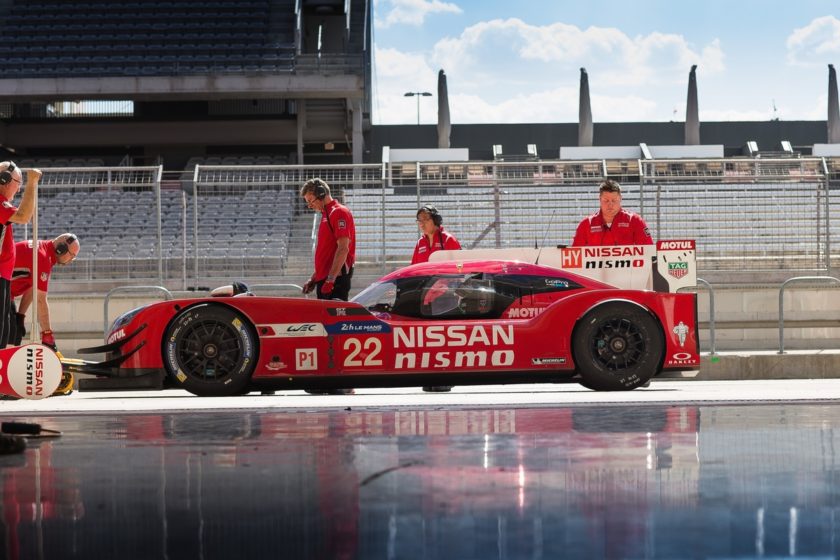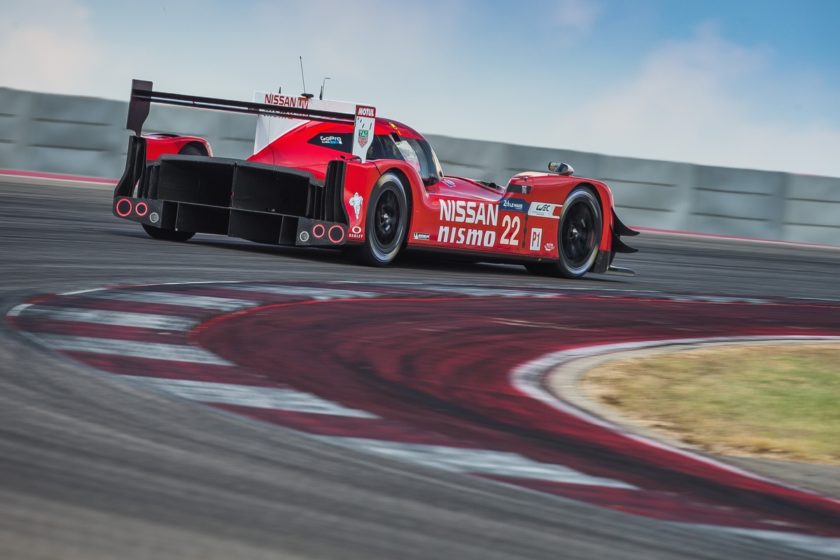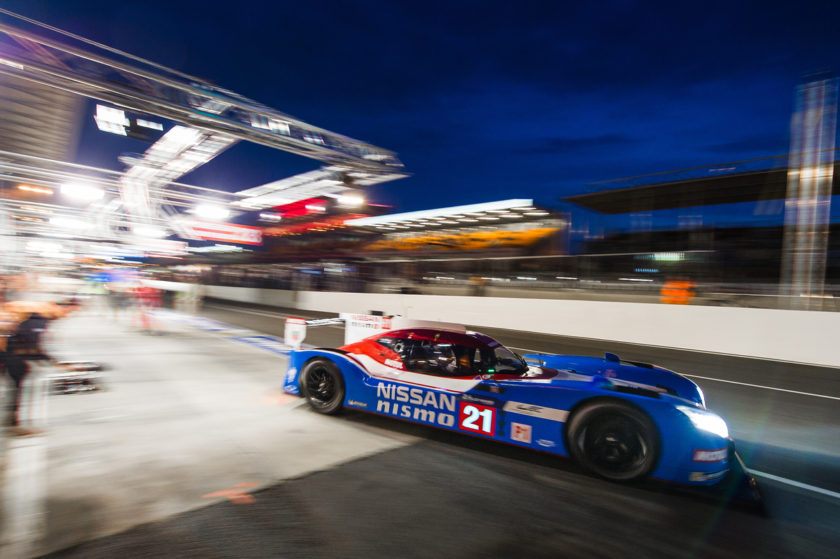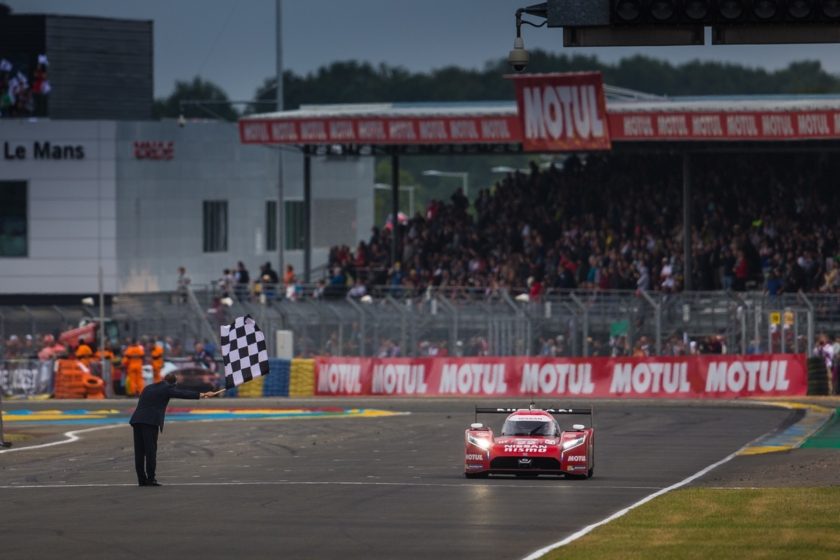Gather around kids, I’m going to tell you a tale about a time long long ago when people were still interested in running an LMP1 program and trying out of the box designs. The year was 2015. The company was Nissan.
The car was the GT-R LM.

Oh, you didn’t know that there were ever WEC prototype teams that weren’t Audi team Joest? You can be forgiven. For over a decade Audi was the endurance racing poster boy, their winning-est team. They essentially set the mold for modern endurance racing with the R8, R10, etc… If you were going to step up to daddy Audi you needed a super reliable, clean (HA) diesel engine, the best aero money could buy and near the end a hybrid system that would make a Prius envious.
Sure there were others that tried more conventional approaches but how many of them do you know about? My point exactly. Unless you were a die-hard fan of the series you probably can’t recall the last real challenger that wasn’t a Porsche.
In late 2014 there were rumblings of Nissan trying to get back in the top spec of prototype racing, everyone assumed it would follow the rules that Audi had set and make a mid/rear engined hybrid, possibly a diesel, and call it a GT-R something because #Brands. Eventually, February 2015 came around and it was time for the new Nissan WEC competitor to break cover and….everyone was confused.

“WHY IS THE ENGINE IN THE FRONT??” People screamed
“IT’S FRONT WHEEL DRIVE?? IS NOTHING SACRED?!”
Nismo fanboys cried in the streets. There was mass rioting among the Nissan faithful. Well, there was supposed to be but most of them drive 350Zs and 240SXs…and it was raining that day so… most of them ended up in a ditch.
The racing communities’ knee-jerk reaction was that of disbelief and shock. After some time to get used to the idea though more and more people came to believe in Nissan’s underdog. The GT-R LM spent months in testing leading up to Le Mans and logged more test hours than Audi or any other team for that matter.
The concept for the GT-R LM was simple, by putting the engine in the front the car could have more downforce on the front wheels and by freeing up the rear it could do more aerodynamic witchcraft with the usable space. Theoretically, the GT-R would be able to keep pace with any car. Here’s someone who understands engineering explaining it better than I ever could.
They were determined to prove their concept was the right way to go and once they tested through the teething issues they would shock the racing world. If this were a movie it would be “Rocky IV” and the Nissan would be climbing mountains and stuff, this was the GT-R’s ultimate training montage.
Sadly though life rarely imitates movies. There was never enough time, montage or otherwise, for the LM to get through its issues.

Admittedly Nissan had no plans to rival Porsche or Audi in the front in their first year. It was mainly hoping for a finish. They got their finish, one of the three cars entered into Le Mans that year finished. The other two succumbed to technical maladies. The #23 car had clutch issues at the start that would later become full-blown transmission failure sending flames all along the trans and into the cockpit. The #21 car had suspension issues that culminated in a divorce between one of its front wheels and the rest of the car. #22, the lone survivor, wasn’t without incident though. Sometime in the night, a loose wheel (not from the #21 though) came crashing through its front bodywork while it was doing 185mph down the Mulsanne straight.

After finally mending it and getting it back out on track the Nismo was woefully behind the Audi R-18 Etron and Porsche 919. It soldiered on though, through the morning and crossing the finish line at the back of the LMP1 pack. The results, while not great, were encouraging to the plucky band of engineers at Nissan. In the moments after the race finish, they were already planning and plotting for next years event. Once they got the problems worked out with the car and the hybrid system it would be a contender.

Sadly though the car and team would never get the opportunity again. As of December 2015, the program was dead. According to a press release from Nissan UK the car would not be campaigning the 2016 season. Less than a year after we were introduced to this wacky, out there machine it was gone for good. While the team was extremely satisfied with at least finishing their premiere at Le Mans it wasn’t enough to continue justifying the expense. This was a tragedy for the otherwise cookie-cutter series of LMP1. While one cannot precisely say this lead to the downfall of the LMP1 series (Because diesel-gate) it certainly didn’t help things. That’s a different article though, for a different day. Now though let’s just look back at what could have been and the absolutely crazy GT-R LM.
https://www.youtube.com/watch?v=CKerNGiERTs
Disclosure: As an Amazon Associate, I earn from qualifying purchases made through links on this website.
